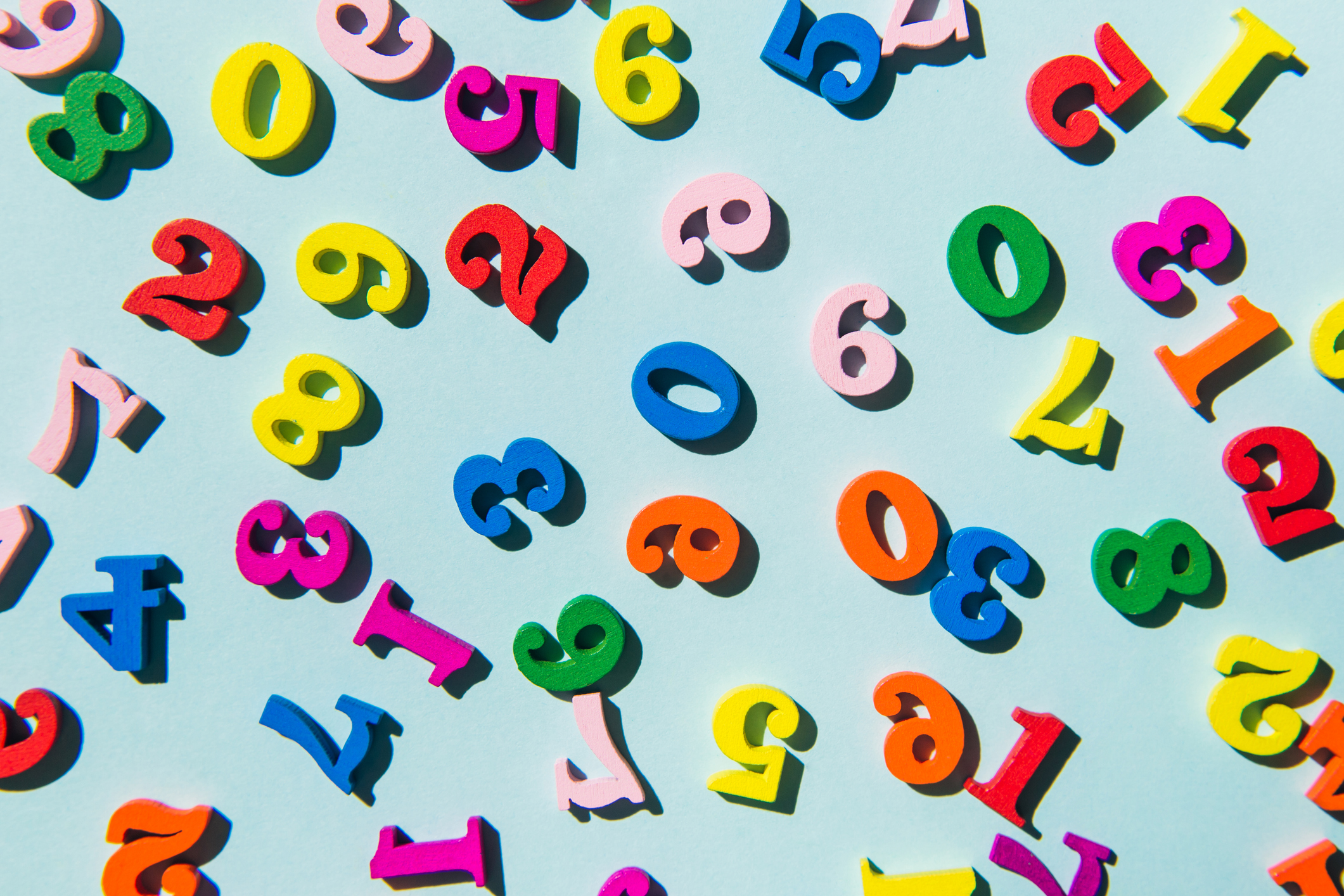Dahlen is Professor at Stockholm School of Economics and Thorbjørnsen is Professor at Norwegian School of Economics. Together, they’ve written the book More Numbers Every Day
How many numbers have found their way into your brain today? 10? 100? 1,000?
What if you include the number of steps and heartbeats from your smartwatch? Likes and followers on social media? Numbers at work, from your bank, in games, apps, and in your inbox? According to estimates, we now collectively generate more numbers every day than all of humankind combined scraped together between creation and year 2010.
Now, try to stop and think for a moment how these numbers, consciously and unconsciously, make their way into your brain and influence the decisions you make every single day. Because these numbers do fool you, those little bastards. Numbers at work tweak your motivation and effort. Social media numbers make the social scene a competitive nightmare and create winners and losers. Your Fitbit numbers make you run faster in the short run, but eventually turn running into a work and a chore. And every single number you let into your brain serves as a frame of reference against which you compare and evaluate the world.
Read more: TikTok’s ‘De-Influencing’ Trend Is Here to Tell You What Stuff You Don’t Need to Buy
How many friends do you have compared to someone else? Check Facebook or Instagram. How good is that restaurant? Check Tripadvisor. Which film should we watch tonight? Check the ratings. Whether on your smartphone, desktop, or inside your own head, numbers dictate decisions and perceptions of value. The fair price of a beer or a two-bedroom apartment depends on the numbers already stuck in your mind. Psychologists often call this “anchoring”; when forming our own understanding of something, we need a guide to proceed from to anchor our understanding. And sneaking these low and high anchors into people’s minds is an art form in its own, often performed by real-estate agents, politicians, or people doing negotiations. Paying $1.1 million for a place seems like a bargain if the agent says the apartment next door was sold for $1.5 million, right? Anchoring-effects are well documented in contexts ranging from the average time of intercourse (one minute or 15 minutes?) to sentencing in courts of law. Yes, even judges alter their verdicts significantly after being exposed to a high vs. low anchor.
Now, here is where it gets kind of frightening. What if the numbers that pop up all the time in our lives get anchored in our brain and influence our understanding and decisions about other things that are happening at the same time? Things that aren’t even related.
What if the high number of likes on your latest picture on Instagram anchors you to make a higher offer than you otherwise would have thought was reasonable on eBay or Redfin?
We got curious, so we tested it. We asked approximately 1,500 individuals to write down how many steps they had taken during the day (the majority have a health app on their phone that automatically counts the steps; those who didn’t had to guess to the best of their ability). Then we asked them to put a number on how much they would be prepared to pay for a one-bedroom condominium in their city. And guess what? The higher the step number reported, the higher the price they were prepared to pay for the condo. Now perhaps you’re thinking this is because people who live in bigger cities walk more (because of the greater distances) and housing in bigger cities costs more. But we controlled for that. Higher step numbers yielded willingness to pay higher prices regardless of city. It’s also possible that people who took more steps felt capable and “rewarded” themselves by being prepared to pay more for the condo. But the effect was the same when we asked participants to guess the average price of a one-bedroom apartment in their city. Creepy, but not a coincidence.
Thinking further, what if algorithms could sense the size of the numbers you are surrounded by at any given moment and adapt to them in fake news or in advertising? Perhaps Orwellian, but in a way, this already happens. Social media algorithms react to numbers in the form of views, comments, and shares and give more space to the posts that get a lot of those goods. And people are suckers for numbers. Not only do people click more on information and news items with numbers in them (which in turn get the algorithms to spread the posts even more), but they also believe that information to be truer. Studies show that people perceive news items that have attracted lots of likes online as more credible than news items with few likes. In addition, people have a harder time distinguishing which news items are true or fake when they have many likes—it’s as if the high numbers get in the way of critical thinking.
So be aware: Numbers are everywhere, you believe them to be true (even when they are not), and they bias your decisions in more ways than you can imagine. Maybe you need a detox.
More Must-Reads from TIME
- Breaking Down the 2024 Election Calendar
- How Nayib Bukele’s ‘Iron Fist’ Has Transformed El Salvador
- What if Ultra-Processed Foods Aren’t as Bad as You Think?
- How Ukraine Beat Russia in the Battle of the Black Sea
- Long COVID Looks Different in Kids
- How Project 2025 Would Jeopardize Americans’ Health
- What a $129 Frying Pan Says About America’s Eating Habits
- The 32 Most Anticipated Books of Fall 2024
Contact us at letters@time.com
